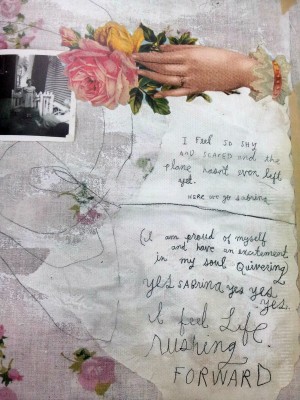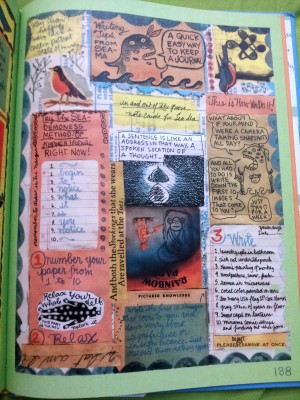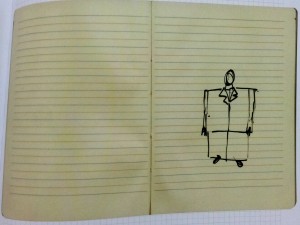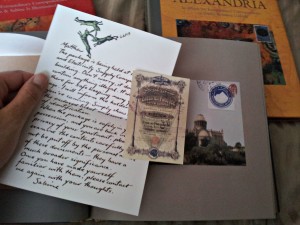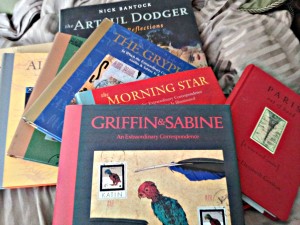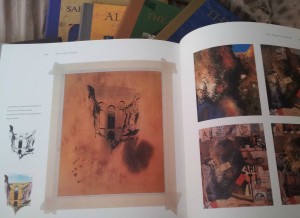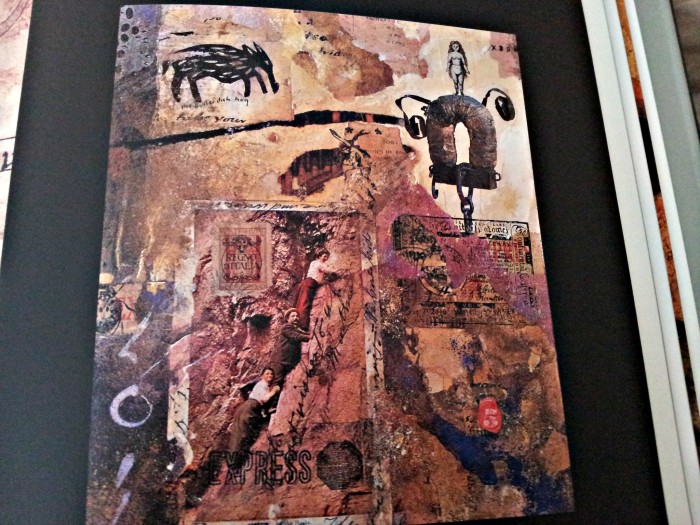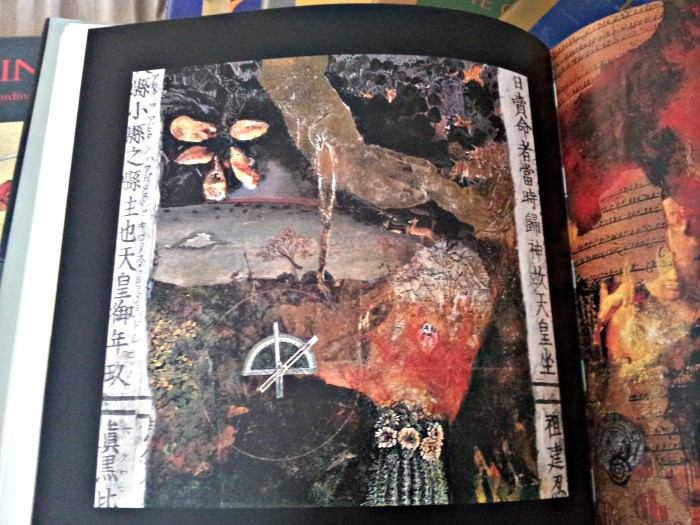People who see my heart sculptures are often amazed that I make them entirely out of paper. When we think of paper mache, we usually think of children mucking around with newspaper and balloons, though the truth is that people have been making sturdy, beautiful objects out of paper mache for centuries - probably for as long as there has been paper. Here are some of the ways that paper mache has been used that I find most interesting:
Medical models
Back in the 19th and early 20th centuries, religious dictates made it hard for medical schools to find bodies to use for dissection so models had to be made to teach students about anatomy. Many of these were painstakingly made with paper mache. If you haven't seen these models, I highly recommend taking a look (if you're not too squeamish!). They are truly beautiful. You can find a good selection here.
Furniture
The Victorians started out by copying lacquered paper mache boxes and screens from Japan and China, and then they started making furniture. Henry Clay invented a process in the late 1700s that made a heat-resistant paper product as hard as wood.
Helmets
Paper and lacquer were used to add decorative elements to samurai helmets and armour in Japan.
Masks
Masks are probably one of the most common uses for the medium. This one is from the Japanese Noh theatre and was made in the early 20th century. I found plenty of adorable animal masks for sale on Etsy as well.
Puppets
Making puppets has always been on my list of things to do. Perhaps I'll add one to my paper mache repertoire!
Personally, I love the medium for its versatility, and the fact that materials are cheap and readily available. And then there's the goopy feeling of dipping the paper in the glue and shaping something with my fingers. Sigh... It's no wonder that I've been using it as my go-to construction medium for years. Recently, I searched through my photo archives for examples of other things I've made with paper mache, to show you a few fun examples. (I apologize for the terrible quality of some of these photos!)
A friend of mine was really into radio when we were in university so I made her this sculpture using real radio parts, paper mache, and collage. She was the first recipient of one of my hearts and I also made her a paper mache fish as a house-warming gift... She's probably hoping I don't make her any more bizarre objects.
I made this ornament for my mom for Christmas one year when I was a student and trying to save money by making all my gifts. Her Rottweiler, Tara, had passed away that year so I wanted to give her something to remember her by.
This was another project from an ambitious Christmas. I made two of these, one for my mom and one for my aunt, with different patterns. They were inspired by my trip to (surprise!) New Mexico and the amazing art that I saw there. I think I should probably make more of these. A cross-section of a heart would look amazing in one of these box frames.
My 2008 birthday had a gangster theme and I used the old paper mache over a balloon trick to make a piñata and painted a face on it. I still haven't decided if this was funny or twisted. If it's the latter, please don't judge me...
My most ambitious paper mache project was the set design for the play The Love of the Nightingale in university. I made two six by six foot triangles and had them mounted on castors so the actors could roll them around the stage to create the various settings of the play. It was an enormous amount of work and even with the help of friends, actors, and anyone else I could drag into it, I spent many a late night in that shop.
Look how much fun I'm having, covering that giant frame bit by bit, by bit.
How do you feel about paper mache? Fun? Gross? The best way to make things every? Leave a comment!
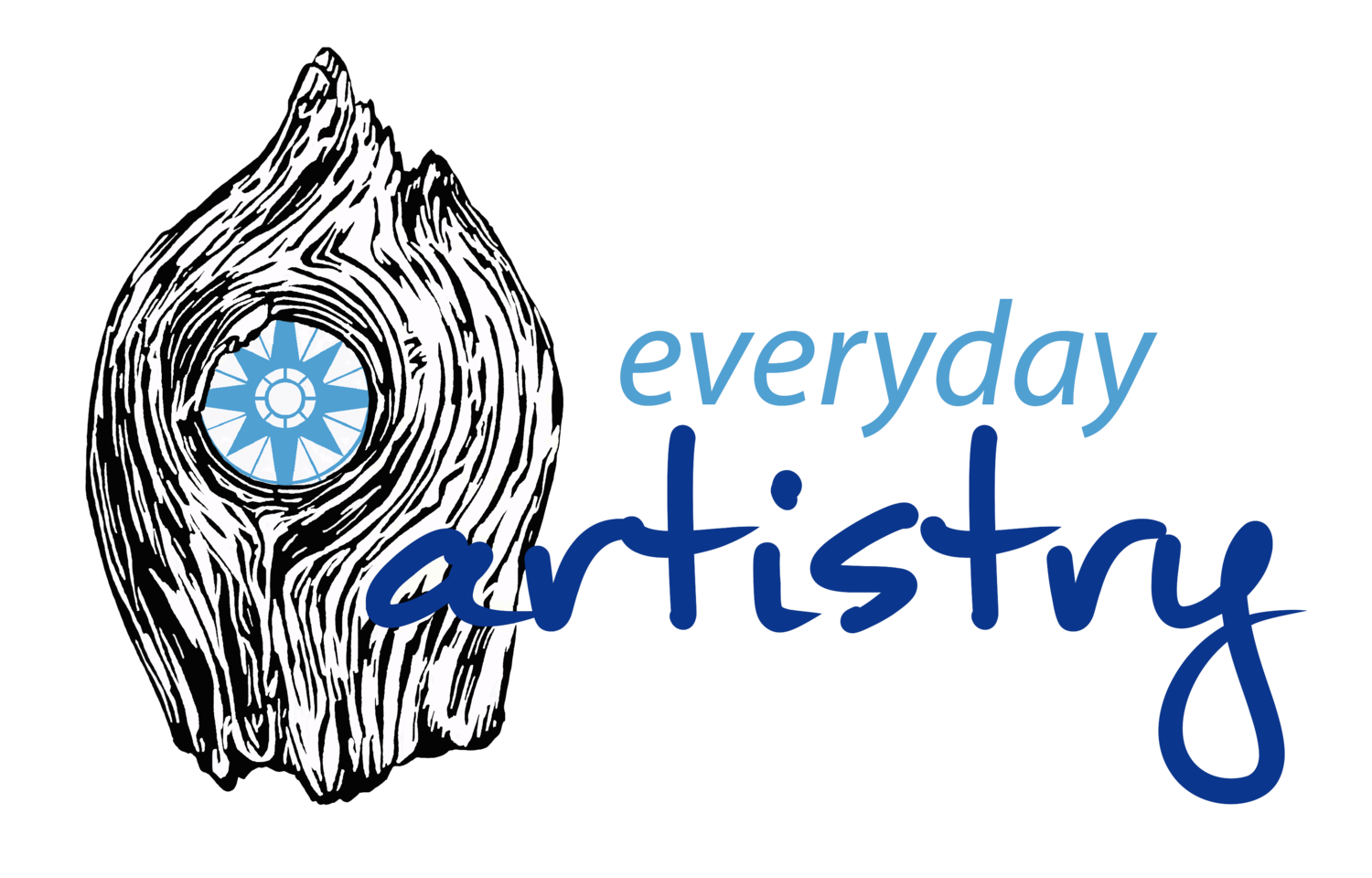
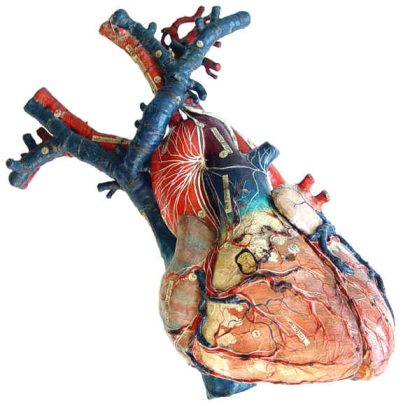














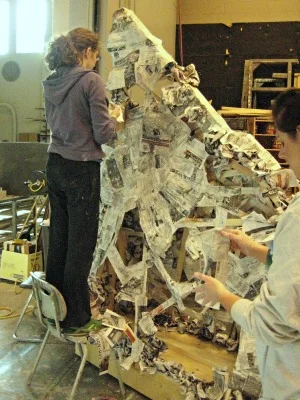

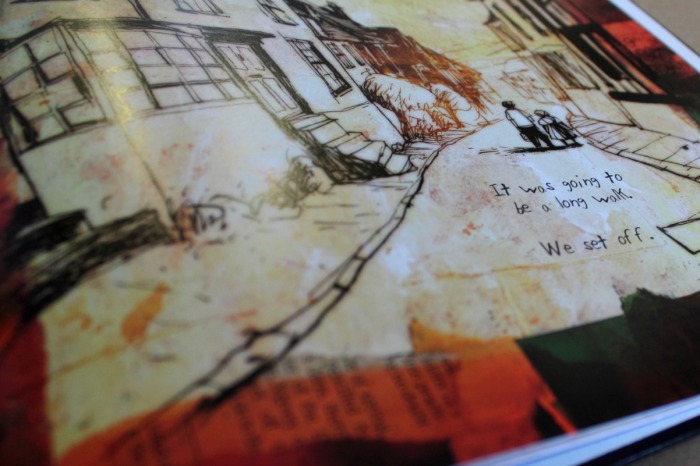
 Jon Scieszka and Lane Smith
Jon Scieszka and Lane Smith
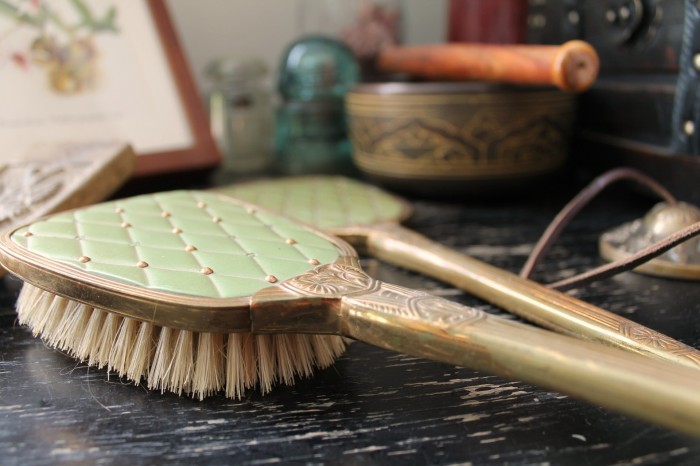 Like many people, I collect objects and images and use them to decorate my home. Some have flown with me across oceans, some were made by friends and my boyfriend, and plenty are gifts from people I love. I have always loved having these objects out where I can see them - minimalism is definitely not for me. When I met my boyfriend and saw that his apartment was crowded with his own collection of objects of wonder, I knew that we would get along fine.
Sometimes I feel guilty for feeling so connected to objects, and I sometimes wonder - why these things? What is it about them that makes me never tire of looking at them?
Like many people, I collect objects and images and use them to decorate my home. Some have flown with me across oceans, some were made by friends and my boyfriend, and plenty are gifts from people I love. I have always loved having these objects out where I can see them - minimalism is definitely not for me. When I met my boyfriend and saw that his apartment was crowded with his own collection of objects of wonder, I knew that we would get along fine.
Sometimes I feel guilty for feeling so connected to objects, and I sometimes wonder - why these things? What is it about them that makes me never tire of looking at them?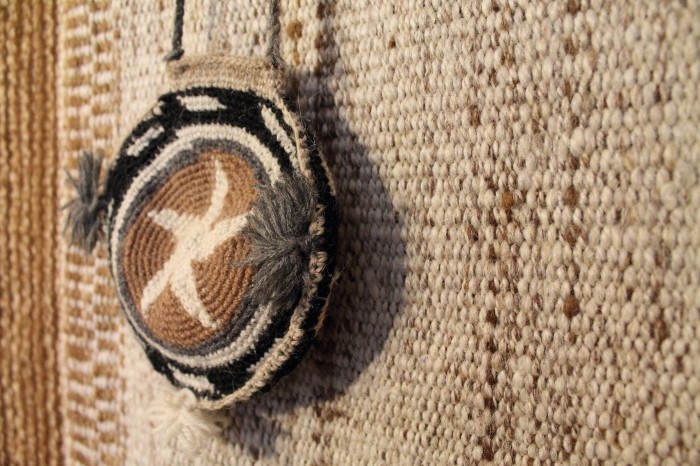
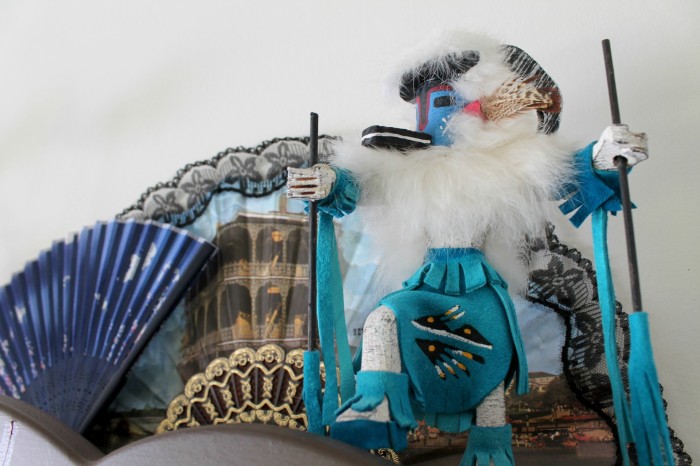
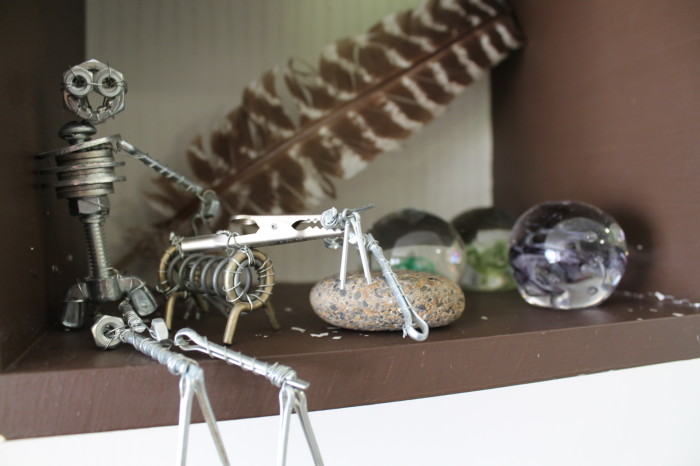
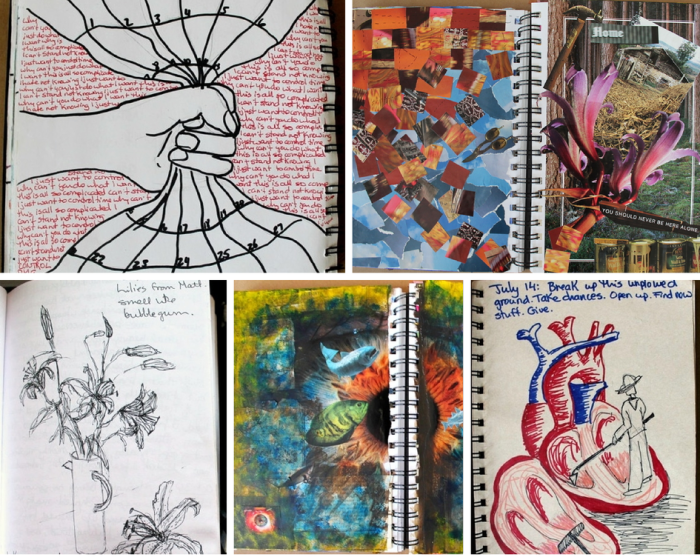 Last week I wrote about my
Last week I wrote about my 